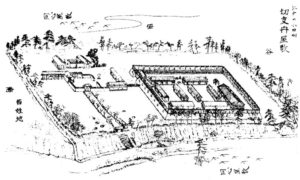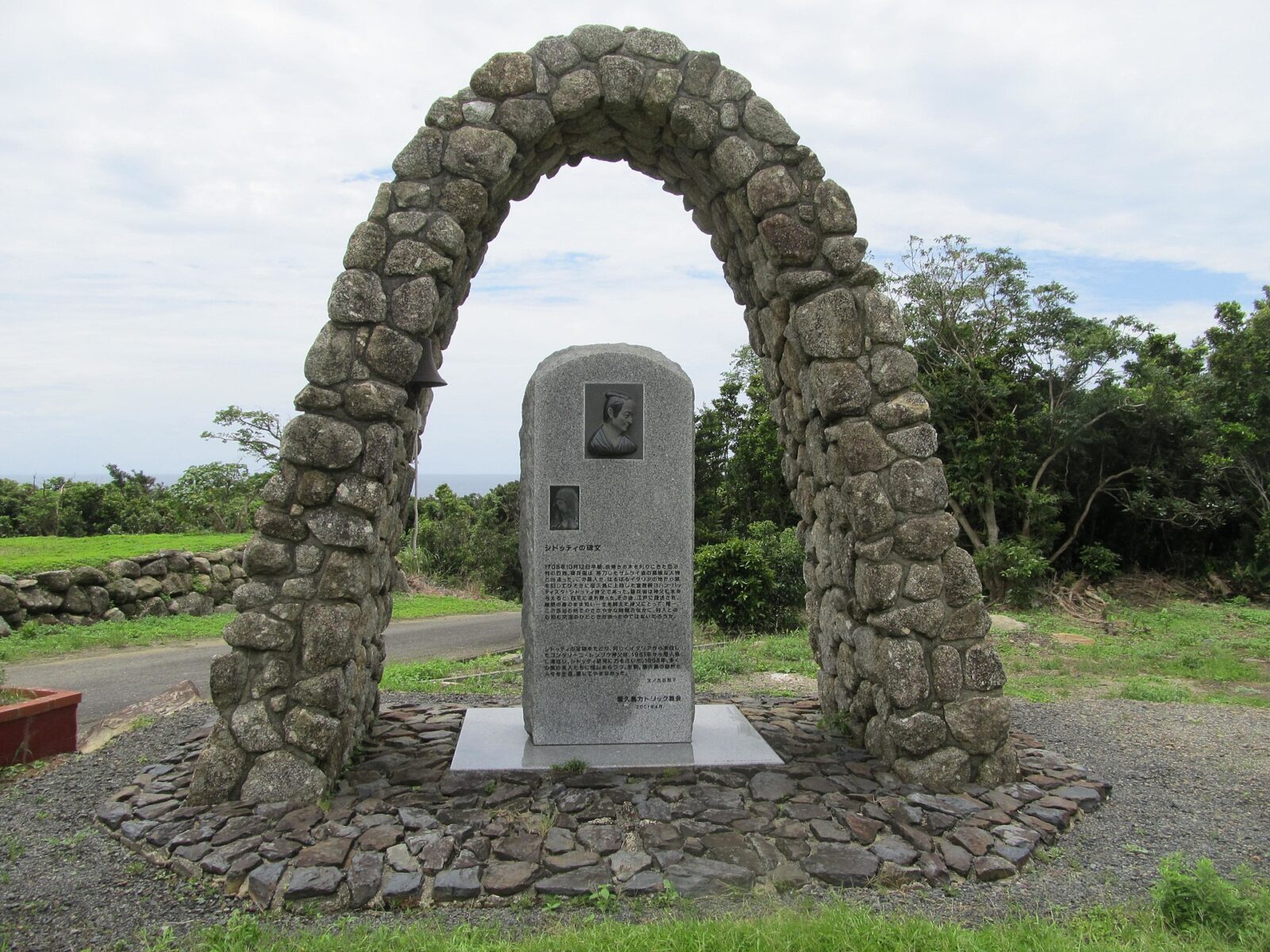This week: the story of two men whose fascinating life trajectories led them into an interrogation room in Japan’s Edo period, and the fascinating document that resulted from their time together.
Sources
Ayusawa, Shintaro. “Geography and Japanese Knowledge of World Geography.” Monumenta Nipponica 19, No 3/4 (1964).
Tassinari, R. “The End of Padre Sidotti: Some New Discoveries.” Monumenta Nipponica 5, No 1 (Jan, 1942).
Josephson, Jason Ananda. The Invention of Religion in Japan.
De Bary, William Theodore et al, eds. The Sources of the Japanese Tradition, Volume 2, Part 1: 1600 to 1868.
Transactions of the Asiatic Society of Japan, Vol 9 (1880-81).
Some press coverage of the discovery of Father Sidotti’s body.
Images






A common type of literature and images circulating across Catholic parts of Europe in the Early modern period were works glorifying Catholic martyred for their faith, typically in places and peoples not welcoming to Catholicism. It became so popular that there were times when Church leaders had to issue guidance to Catholics that they should not be deliberately seeking it out. I wonder if Sidotti had been reading some of those materials prior to his trip to Japan.
Also, how were they able to identify the remains as his and did they find anything about his cause of death?